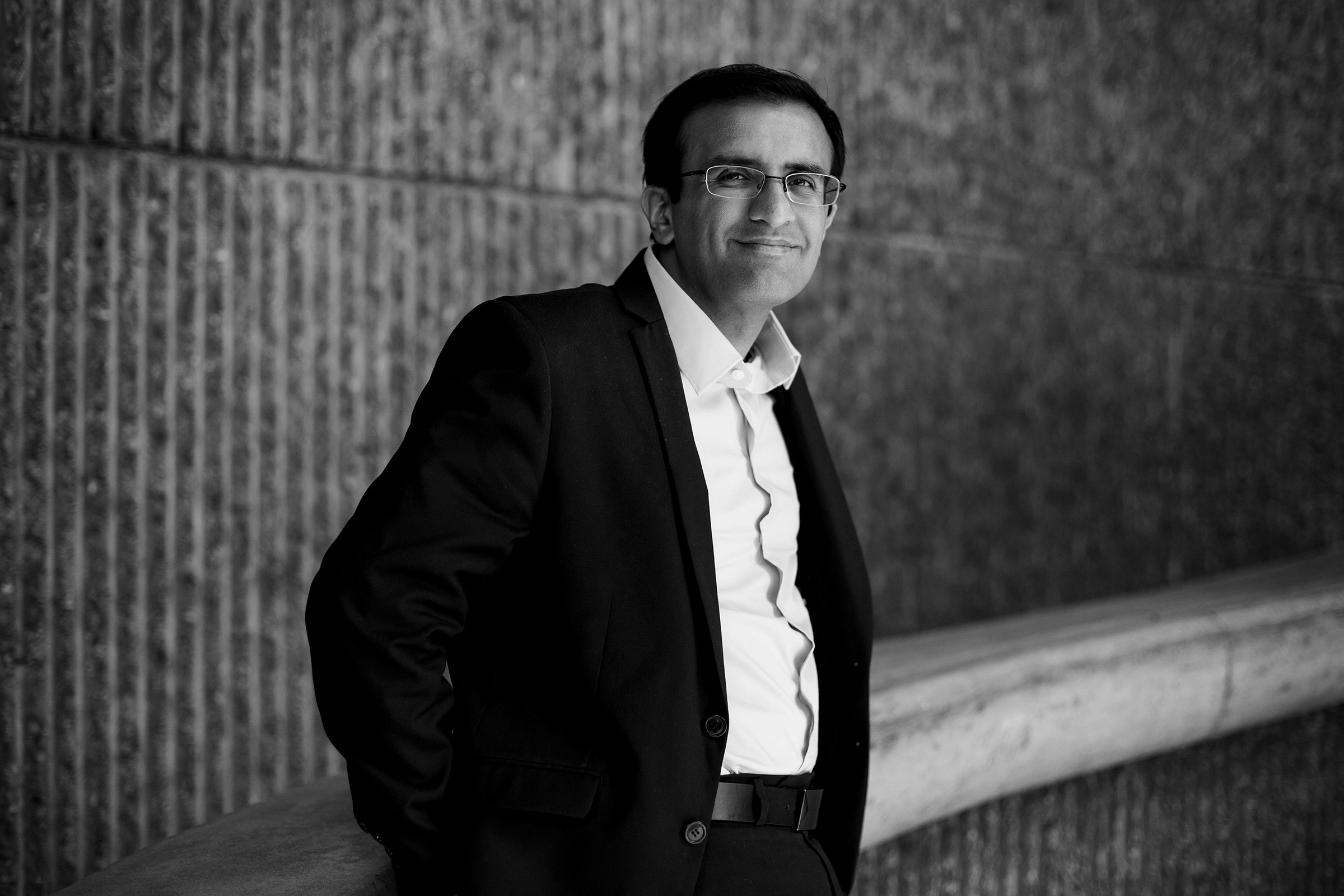
Over 115,000 health and care workers died during the COVID-19 pandemic. As a physician who’s cared for patients with COVID-19, malaria and Ebola, I’ve seen too many colleagues make the ultimate sacrifice on the frontlines. I’m not surprised experts responding to TIME’s survey ranked bolstering the world’s public health workforce, particularly in rural and remote regions, as one of the top five of nearly 50 strategies to prepare for the next pandemic. But I’m concerned they ranked this the least feasible strategy amongst the top five.
Experts ranked high the need for new systems to raise alarms for emerging public health crises. But alarms don’t ring themselves, health workers do. Experts ranked high the need for new vaccine research, financing, and manufacturing. But vaccines don’t deliver themselves, health workers do.
Prior to COVID-19, the world faced its worst health worker shortage in history; we need 18 million more by the end of this decade. And with doctors and nurses concentrated in cities, the gap is widest in remote rural communities, which has life-or-death consequences for all of us. Around 75% of new infectious diseases are zoonotic—pathogens that leap from animals to humans—and often emerge in rural areas like tropical forests where humans are in close contact with animals they hunt, eat, buy, and sell. Malaria, Zika, HIV/AIDS, Ebola, and some coronaviruses all likely emerged this way.
Without health workers in rural areas, outbreaks can go undetected for months, if not years. I saw firsthand in West Africa in 2014 how the lack of health workers allowed an Ebola outbreak to go undetected for months, enabling it to spread like wildfire. In the U.S., chronically understaffed rural health departments struggled to keep up with COVID-19 contact tracing. The next pandemic is also likely to emerge in rural areas, especially as deforestation brings animals, novel pathogens, and humans into closer contact.
Preventing the next pandemic depends on a standing army of health workers within communities. At the U.S. President’s Malaria Initiative and the U.S. Agency for International Development, we’ve helped train and equip hundreds of thousands of community health workers across rural Africa and southeast Asia to go door-to-door to test people with undiagnosed fevers, treat those with malaria and triage those without. That investment has also helped countries fight COVID-19. From Liberia to Thailand, community health workers looking for people with fevers have found people with COVID-19, tracked their contacts, promoted mask use, and educated about COVID-19 vaccines.
But too many community and other frontline health workers like nurses remain unprotected, unvaccinated and underpaid. Like genomic sequencing and vaccines, local public health workers are global public goods. Investing pandemic preparedness dollars in health workers keeps us all safer. They also make our economies stronger. For every $1 a country invests in community health workers, an estimated $10 is returned to society. Scaling vaccination through community health workers is a fast way to create jobs—jobs that, in turn, create the fastest way out of pandemics.
More Must-Reads From TIME
- The 100 Most Influential People of 2024
- Coco Gauff Is Playing for Herself Now
- Scenes From Pro-Palestinian Encampments Across U.S. Universities
- 6 Compliments That Land Every Time
- If You're Dating Right Now , You're Brave: Column
- The AI That Could Heal a Divided Internet
- Fallout Is a Brilliant Model for the Future of Video Game Adaptations
- Want Weekly Recs on What to Watch, Read, and More? Sign Up for Worth Your Time
Contact us at letters@time.com